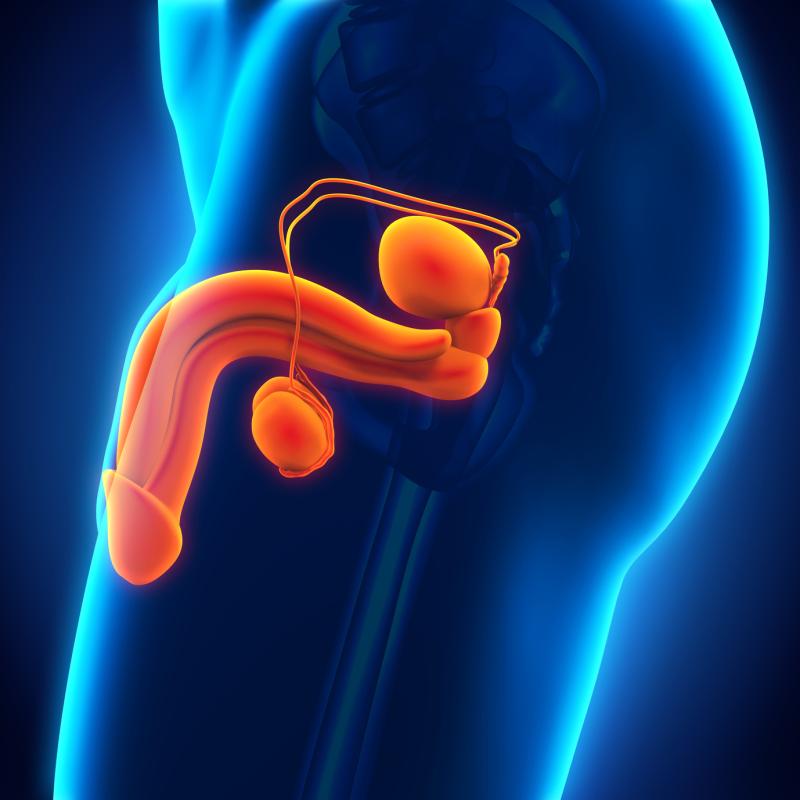What Causes Prostate Cancer?
It is a type of cancer that starts in the small, walnut-sized gland called the prostate. It is part of the male reproductive system. It helps remove urine from the body. What causes prostate cancer? and its effect on body functions are wondered.
Recovery is aimed with a progressive treatment process under the control of a specialist in the field of urology. The prostate provides some of the fluid in sperm. It usually grows slowly and does not initially cause symptoms. Starting treatment in the early stages is very important for recovery.
What Causes Prostate Cancer?
Some symptoms experienced by patients include problems with urination. These problems include difficulty urinating and a frequent need to urinate. Additionally, frequent urination at night is also a common symptom.
However, symptoms do not always indicate cancer and are caused by other conditions, such as an enlarged prostate. Therefore, men over a certain age should undergo regular urological screening.

A series of tests are used at the point of diagnosis carried out by the urology specialist. These tests include PSA blood test, digital rectal exam, and biopsy. If it does not show any obvious symptoms, this type of cancer is diagnosed during regular medical examinations or scans.
How Does Prostate Cancer Occur in Men?
Prostate cancer The risk increases with age. This type of cancer usually occurs in men over the age of 50. If your first-degree relatives have it, your risk is higher. Additionally, some genetic changes and mutations may increase the risk of occurrence.
It is thought that a high-fat diet may increase the likelihood of cancer formation. Consuming red meat, dairy products and high-calorie foods can increase the risk, while a diet rich in vegetables and fruits can reduce the risk.
Additionally, excessive weight gain is also among the triggering factors. Men diagnosed with obesity have a higher risk of being diagnosed in later stages and dying due to prostate cancer.
How to Treat?
The detailed process at the point of treatment is determined by the patient's general health condition, the stage of the cancer and preferences. Active surveillance technique is preferred in slow-growing cancers. The patient is checked regularly and treatment begins when a certain symptom appears or begins to grow faster.
This procedure, called prostatectomy, involves removing all or part of the prostate. Laparoscopic and robotic methods have a faster recovery process compared to traditional open surgery. Immunotherapy aims to fight cancer by using the body's own immune system. This treatment is usually used in advanced stages that do not respond to other treatments.

Radiation therapy causes cancer patients to die by damaging the DNA of cells. Radiation can be administered outside the body or through small radioactive seeds placed inside the body.
Prostate cancer The growth of cells is generally dependent on the testosterone hormone. Hormone therapy aims to reduce the body's production of testosterone. Chemotherapy involves drugs that stop cancer cells from growing and dividing. It is used under the supervision of a specialist physician in cases where cancer has spread to other parts of the body.
Each of these treatment options may have side effects and risks. Therefore, the patient and the doctor must take these factors into consideration when making the treatment decision. The aim of treatment is to relieve symptoms and keep quality of life as high as possible.
Robotic Surgery in Prostate Cancer
Robotic surgery is a method that has become widespread in the treatment process, as in many areas, in recent years. It is the process of surgically removing the prostate gland with the help of robotic technology.
The procedure is usually performed under general anesthesia, so the patient is not awake throughout the procedure. The surgeon makes small incisions in the abdominal area to allow the robotic instruments and camera system to enter the body.
The surgical robot controls the operations performed during the operation from a console. This robot applies the surgeon's movements more precisely and carefully. The 3D imaging system allows the surgeon to see the procedure better and make more accurate movements.
Using robotic instruments, the prostate gland is carefully removed. Where necessary, the bladder and urethra are repaired and reconnected together. The patient can usually move within a few hours. He will be discharged from the hospital in a few days.
In the early stages, treatment is usually more successful because it has not spread outside the prostate. When cancer spreads, treatment can become more complicated. Regular cancer screenings are recommended to promote early detection and improve quality of life. What causes prostate cancer? and contact robotic surgery for the treatment process.






